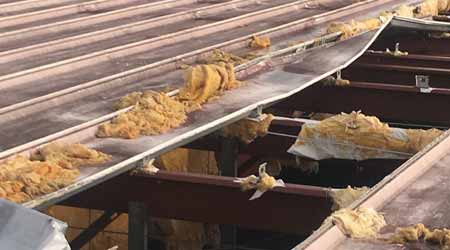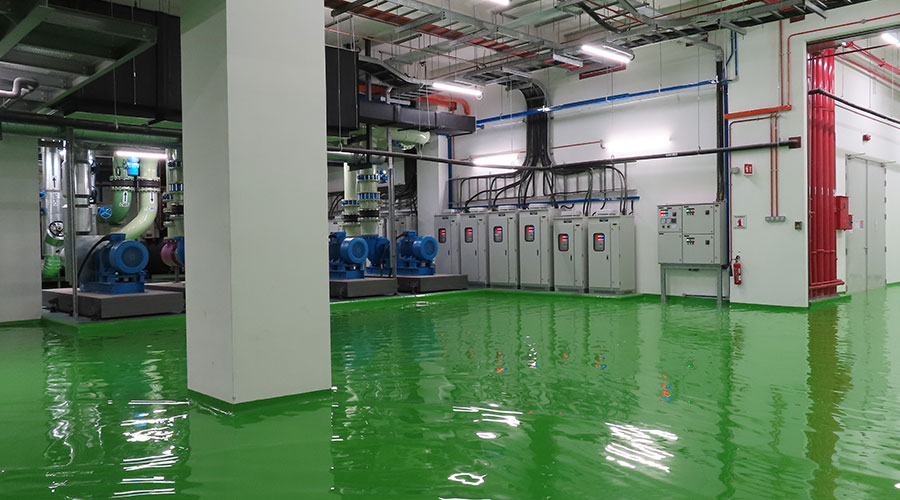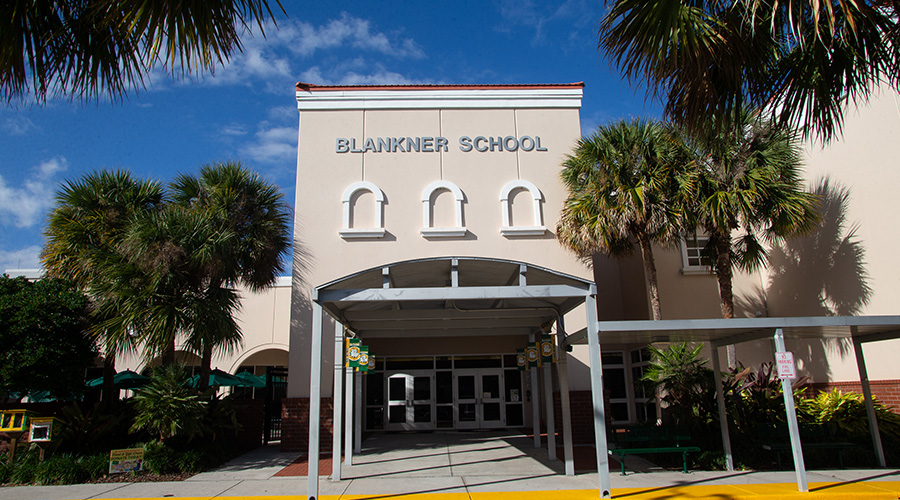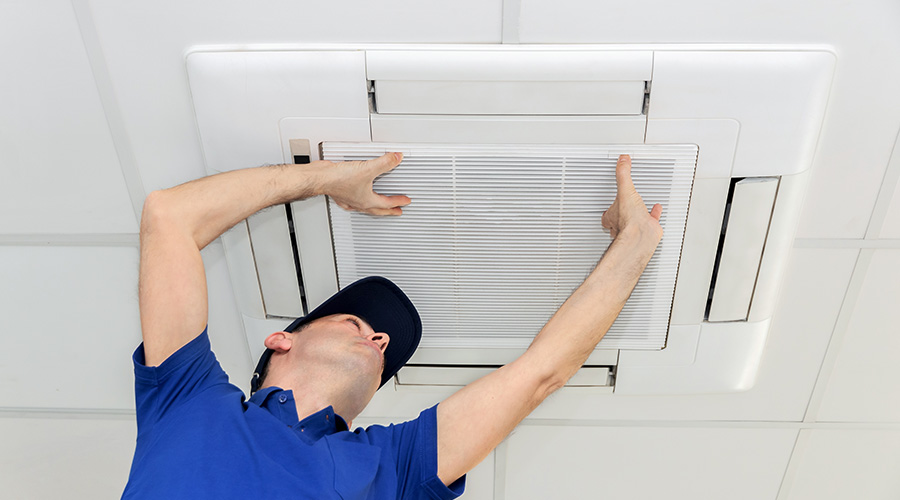 Damage to the roof of a building owned by Méndez And Co. Inc. in Puerto Rico illustrates the ferocity of Hurricane Maria.
Damage to the roof of a building owned by Méndez And Co. Inc. in Puerto Rico illustrates the ferocity of Hurricane Maria. Hurricane Maria: Shortage of Supplies Complicated Recovery
Lessons learned from Hurricane Maria: Stockpile supplies and constantly review disaster preparedness strategies with a renewed understanding that getting more supplies may be difficult after a storm.
In the mainland United States, facility managers affected by large natural disasters can count on being able to source supplies and other resources from elsewhere in the country. “If you live anywhere on the Gulf Coast or the East Coast in a hurricane-prone area, you area aware of these convoys of all these utility trucks from all of these other places that come in,” says Norma Jean Mattei, American Society of Civil Engineers’ 2017 president, and professor at the University of New Orleans’ Department of Civil and Environmental Engineering. “Just lines and lines of them. And you can’t do that in Puerto Rico.”
This is where Alvarez’s strategy of having backups to backups comes into play. “When the filters for the emergency generators died out, I could not count on the express delivery systems to give me replacements,” he says. “My local representative for emergency generators, he was out of stock. And we could not count on a semi trailer to come in tomorrow or next week to bring us new filters.”
One thing Cintron’s team is working on is figuring out how to stockpile critical items throughout the island to better support clients’ business continuity after the next large storm. He said they are working to understand what critical items were difficult for their clients to source after the storm. “We are a piece of land in the middle of the sea,” Cintron says. “There’s no way trucks will drive down from Georgia to get down here in Puerto Rico.” Being prepared for the next storm will have to “take into consideration that it’s going to be at least a week before we start receiving cargo via airplane or receiving ships on the docks,” he says.
Expectations have definitely shifted after Maria. “Before this hurricane, all the government agencies said everyone should have supplies for three to five days,” says Cintron. “Now, we’re facing 30 days minimum.”
Having adequate stockpiles of cash is another preparedness strategy for the future. With no power, ATMs and credit card machines were not working, so the island reverted to a pure cash economy in the immediate days after the storm.
Planning for the future
For companies based on the mainland but with operations on the island, Cintron recommends going back over disaster preparedness strategies with a renewed understanding that getting aid to the island will be difficult. “I would recommend you go back to your readiness checklist,” Cintron says. “Ensure you understand what your critical readiness needs are, and either have them on the island or in a location that can be readily picked up. Make sure to have ready in your current location critical equipment, critical tools, and critical materials for restoring operations afterwards.”
For Alvarez, it comes down to making preparedness a priority. “How much money are you willing to invest to be prepared for an event like these two that hit us?” he says.
In addition to immediate emergency preparedness, Mattei says there will need to be a shift in how buildings and infrastructure are built, everywhere in the United States. “If you put something that’s the cheapest for first cost, you’re not putting in something that is cost effective to operate, cost effective to maintain,” she says. “And on top of that, probably it’s going to be hit by some extreme event.” That could be a hurricane, an earthquake, a tornado. There’s any number of disasters a long-lived piece of infrastructure could see, she says. “You need everything to be built resiliently so it can be back up and running.”
And not only is resilience in the individual structures critical, but the elements of the surrounding community need to be resilient as well. Roads, schools, hospitals, utilities, and on. “Communities need to be built more resiliently so when they do have that Hurricane Maria, they can get back up and running much more quickly,” Mattei says.
Email comments and questions to naomi.millan@tradepress.com.
Related Topics:


















